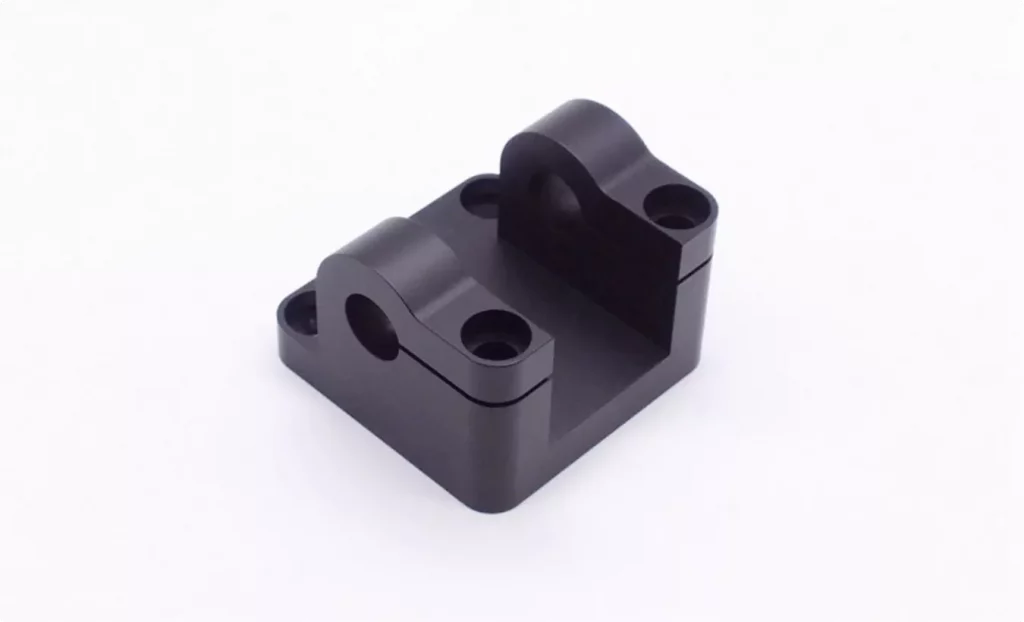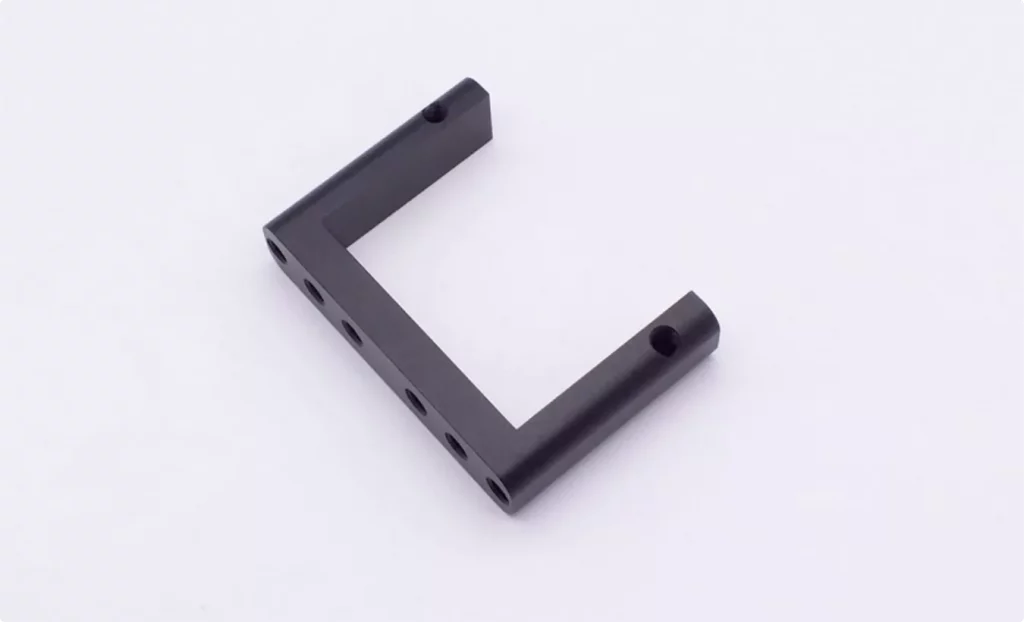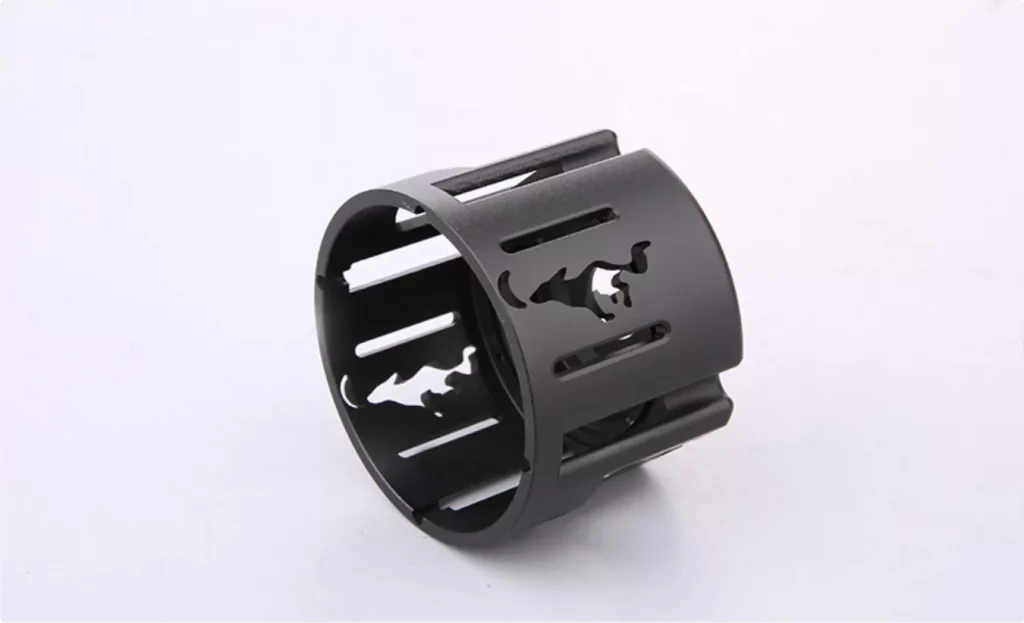CNC, which stands for Computer Numerical Control, is a process used to machine parts with very high accuracy. CNC machining is an automated process that uses a computer to control the movement of the machine, tools, and workpiece. The term “CNC” can be used to describe the complete CNC machine tool, the CNC controller, or the process of CNC machining. The computer is what actually controls the machine itself. The controller tells the machine what path to take to achieve the desired results.

What is CNC machining?
CNC machining (Computer Numerical Control) is a manufacturing process in which parts are cut from a piece of raw material using a computer-guided tool. The CNC machine reads a digital file that contains the specifications of the desired part and translates it into a set of instructions that the machine can understand. The machine then uses those instructions to cut the part from a piece of raw material. CNC machining is a versatile process that can be used to make a wide variety of parts, from small components to large parts that weigh thousands of pounds.
What can CNC machining do?
CNC machining, or computer numerical control machining, is a manufacturing process in which machines are controlled by computer software. This allows for a high degree of precision and repeatability in the manufacturing process. Parts can be made to very tight tolerances, and multiple parts can be made with the same accuracy. CNC machining is often used for prototyping, making one-off parts, or for low-volume production.
The way companies use CNC machining
CNC machining is a process that uses computers to control the movement of machines that cut or shape materials such as metals, plastics, and composites. Companies use CNC machining because it allows them to fabricate products with great accuracy and precision. There are many different types of CNC machining, but the most common ones are milling, turning, and drilling. Milling uses a rotating tool to remove material from a workpiece, turning uses a rotating tool to create cylindrical shapes, and drilling uses a rotating tool to create holes.
Benefits of CNC machining
CNC machining is a manufacturing process that uses computers to control the movement of machines that cut or shape materials like metals, plastics, and composites. In a nutshell, CNC machining helps you create precision parts and components with tight tolerances and a high degree of accuracy. But what are the benefits of using CNC machining?
What is the CNC machining process?
The CNC machining process is a manufacturing process that uses computer-controlled machinery to create or modify parts. The machinery is controlled by a computer program that determines the sequence of operations to be performed by the machine. This allows for a high degree of precision and accuracy in the manufacturing process. CNC machining can be used to create a wide variety of parts, including metal parts, plastic parts, and composite parts. It can also be used to modify parts that have already been created.
Types of CNC Machine Operations and How They’re Used

Common Operations
There are a few main types of CNC machine operations that are used in various ways to create different parts and products. The three most common operations are drilling, milling, and turning. Drilling is the process of using a rotating drill bit to create a hole in a workpiece. Milling is the process of using a rotating cutter to remove material from a workpiece. Turning is the process of using a rotating cutting tool to shape a workpiece. By understanding the basics of how these operations work, you can gain a better understanding of how CNC machines are used to create products.
1. CNC Electrical Discharge Machines (EDM)
EDM is a type of CNC machine that uses electrical current to erode material from a workpiece. It can be used to create very intricate shapes and cavities that would be difficult or impossible to produce with other methods. There are two main types of EDM: wire EDM and die-sinking EDM. In wire EDM, a thin wire is passed through the workpiece, eroding the material as it goes. Die-sinking EDM works a bit differently: a conductive electrode is submerged in a bath of dielectric fluid and brought into contact with the workpiece. Electrical current is then passed between the electrode and the workpiece, eroding the material in the desired area.
2. Lathe CNC Machining
Lathe CNC machining is a process that involves using a computer to control a machine that spins the material to be machined. This type of CNC machine operation is used to create cylindrical objects with a round surface. The material is held in place by a chuck and rotated while a tool is fed into it to remove material. This process can be used to create a variety of objects, including screws, bolts and even table legs.
3. CNC Turning and Grinding Work
CNC turning is a machining process that uses a rotating lathe to create cylindrical parts. The workpiece is held against a tool called a cutting tool, which removes material to create the desired shape. CNC grinding is a process that uses abrasive grains to remove material from a workpiece. Grinding wheels are used to create a variety of shapes on the workpiece. Both turning and grinding can be used to create complex shapes and achieve high tolerances.
4. CNC Milling
CNC milling serives is a subtractive manufacturing process that uses a rotating cutter to remove material from a workpiece. The cutter is typically a multi-point tool with a number of cutting edges. The workpiece is held stationary while the cutter rotates around it, cutting away the desired material. The most common milling operation is milling down, where the workpiece is reduced in size by removing a targeted volume of material.
5. CNC Laser Cutting
CNC laser cutting is a process that uses a laser beam to cut through materials. The laser beam is focused on the material and the energy from the beam melts the material and causes it to vaporize. The vaporized material is then blown away by a jet of gas, leaving a hole in the material. The laser beam can be used to cut a wide variety of materials, including metals, plastics, and composites.
Wrapping up
CNC machining is becoming increasingly popular with companies across the country, and there are a lot of great reasons why. It gives businesses more control over their production process, can lead to less waste in the long run, has the potential to increase efficiency, and much more. If you’re not sure how CNC machining could help your business out at all, be sure to reach out for some help from an expert who can answer any questions that you have about this process or what it could do for your company.
Categories
Share On
Recent Post

3D Printing Vs Injection Molding
Preparing for production is a crucial moment for any company.

Riveting vs Welding: Key Difference For Custom Sheet Metal Parts
Riveting and welding are the two most common metal joining


